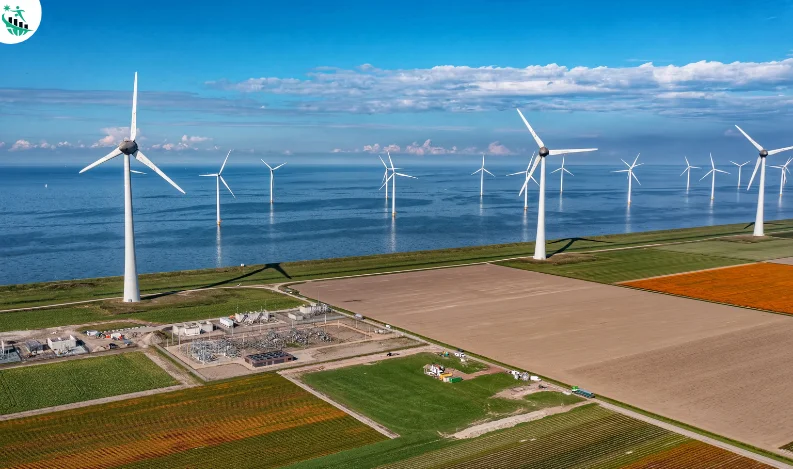
Netherlands’ Renewables Push Strains National Power Grid
Rotterdam: The Netherlands’ rapid shift to renewable energy is creating severe strain on its national electricity grid, prompting government campaigns urging citizens to reduce power use during peak hours.
In a TV campaign titled “Flip the Switch,” the government warns that simultaneous electricity use between 4 p.m. and 9 p.m. can overload the grid and cause blackouts, a sign that one of Europe’s most advanced economies is struggling to keep pace with its own green transition.
The Netherlands leads Europe in solar panels per person, with more than one-third of homes now generating solar power. It also plans to make offshore wind its largest energy source by 2030. However, this surge in renewables has exposed “grid congestion”, the inability of existing infrastructure to handle the inflow and outflow of electricity.
“Grid congestion is like a traffic jam,” said Kees-Jan Rameau, CEO of energy firm Eneco, whose operations rely on 70 percent renewable power. “Our grid was built for a few large gas plants, not for thousands of small solar and wind producers.”
Experts warn that years of under-investment in power lines and substations have left the network overstretched. Prof Damien Ernst of Belgium’s Liège University said fixing the system will cost billions of euros and take many years, as similar bottlenecks appear across Europe.
Eneco now uses a “virtual power plant” to balance supply and demand, shutting turbines or solar panels when production exceeds capacity and temporarily reducing electricity use for customers who agree to flexible contracts.
Yet the pressure remains intense. Tennet, the state-owned grid operator, says 8,000 companies are waiting to feed power into the network, while 12,000 more are waiting for permission to draw additional electricity. Businesses warn that the shortages threaten economic growth and industrial expansion.
“The future of the Dutch chemical industry is at risk,” said Nienke Homan, president of the Dutch Chemical Association.
Tennet plans to invest €200 billion ($235 billion) by 2050, including 100,000 km of new cables, to expand capacity. But projects take about a decade to complete, with most of that time consumed by permits and property approvals.
According to the Boston Consulting Group, grid congestion is already costing the Dutch economy €35 billion annually.
The Ministry for Climate Policy and Green Growth acknowledged that power demand has grown faster than expected. Its National Grid Congestion Action Plan aims to accelerate permits and encourage smarter power use, while incentives for feeding surplus solar energy into the grid are being reduced.
For now, Dutch households are being urged to delay charging electric cars or running appliances during peak hours, a reminder that even clean-energy leaders must still power their progress carefully.



Recent Comments:
No comments yet.